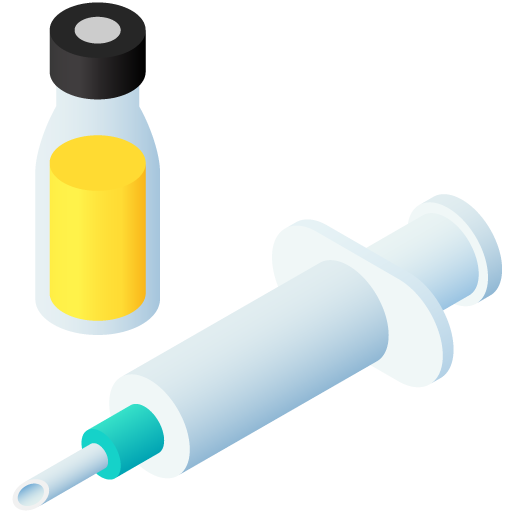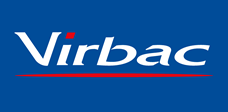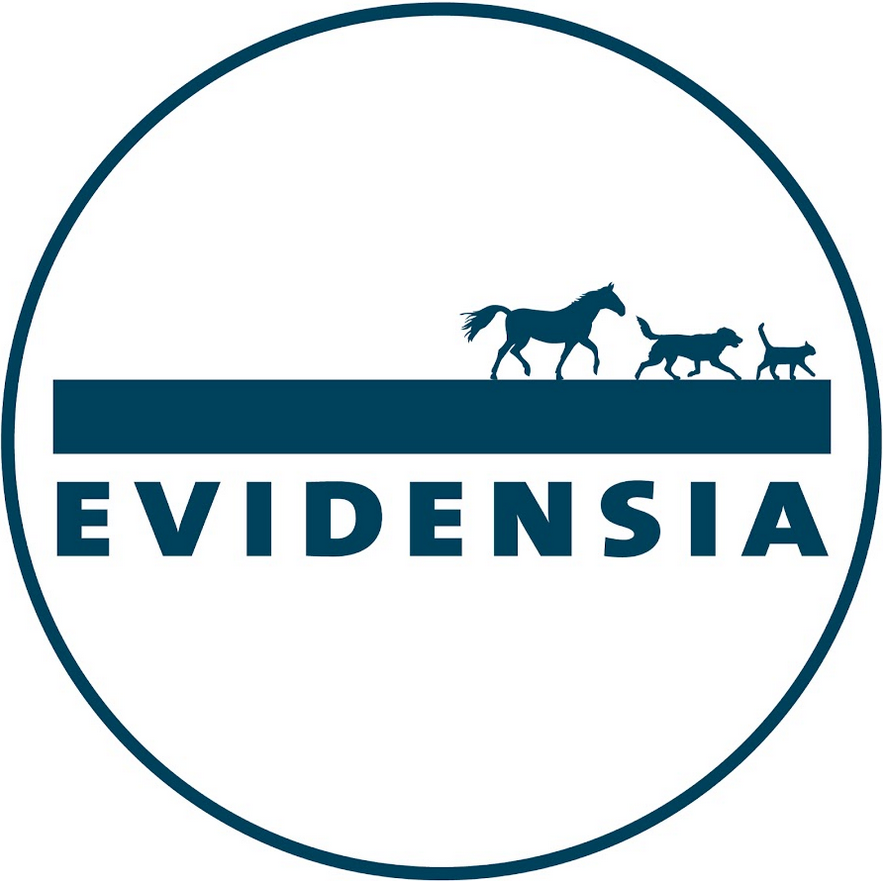Combination therapy
No results were found for your selected species
Porcilis Glässer vet.
Active substance
ATC code
Species
Pigs and sows.
Indications
Pigs:
Active immunisation of pigs to reduce typical lesions of Glässer’s disease caused by G. parasuis serotype 5.
Onset of immunity: 2 weeks after completion of vaccination.
Duration of immunity: 14 weeks after completion of vaccination.
Sows:
For passive immunisation of the progeny of vaccinated sows and gilts to reduce infection, mortality, clinical signs and typical lesions of Glässer disease caused by G. parasuis serotype 5 and to reduce clinical signs and mortality caused by G. parasuis serotype 4.
Onset of immunity: After birth and sufficient uptake of colostrum.
Duration of immunity: 4 weeks of age against serotype 4 and at 6 weeks of age against serotype 5.
Dose to be administered and administration route
Intramuscular use.
Allow vaccine to reach ambient temperature. Shake well before use.
Administer 2 ml (one dose) of the vaccine intramuscularly in the neck.
Vaccination scheme pigs:
Vaccinate pigs of at least five weeks of age twice with an interval of two weeks.
Vaccination scheme sows:
Vaccinate sows at 6 to 8 weeks before expected time of farrowing twice with an interval of four weeks.
Revaccination scheme sows:
For sows vaccinated during the previous pregnancy, a single revaccination at 4 to 2 weeks before farrowing is recommended.
Adverse reactions
Pigs:
|
Very common (>1 animal / 10 animals treated): |
Elevated temperature1 , Discomfort2, Decreased activity2, Depression2, Injection site swelling3, Injection site reddening3 |
|
Common (1 to 10 animals / 100 animals treated): |
Vomiting2 |
|
Very rare (<1 animal / 10.000 animals treated, including isolated reports): |
Anaphylactic-type reaction3 |
Sows:
|
Very common (>1 animal / 10 animals treated): |
Elevated temperature1, Lying down2, Reduced food intake2, Decreased drinking2, Injection site swelling3 Injection site reddening3, Injection site warmth3, Injection site pain3 |
|
Common (1 to 10 animals / 100 animals treated): |
General illness2 |
1 Mean 0.9 °C, with individual animals displaying a temperature increase of above 2 °C. 2 May be observed 1 to 2 days after vaccination. All animals return to normal within 1 to 3 days after vaccination.
3 Mostly non-painful swellings < 10 cm in diameter. In some cases, swelling may be warm, red, and painful > 10 cm in diameter. These reactions disappear or clearly diminish 14 days after vaccination.
Reporting adverse events is important. It allows continuous safety monitoring of a veterinary medicinal product. Reports should be sent, preferably via a veterinarian, to either the marketing authorisation holder or the national competent authority via the national reporting system. See the package leaflet for respective contact details.
Dispensing
POM-V - Prescription Only Medicine – VeterinarianSUMMARY OF PRODUCT CHARACTERISTICS
1. NAME OF THE VETERINARY MEDICINAL PRODUCT
Porcilis Glässer Suspension for injection for pigs
2. QUALITATIVE AND QUANTITATIVE COMPOSITION
Per dose of 2 ml
Active substance(s):
Inactivated whole bacterial cells of Haemophilus parasuis serotype 5, strain 4800:
0.05 mg total nitrogen, inducing ≥ 9.1 Elisa Units[1] .
Adjuvant:
150 mg dl-α-tocopheryl acetate
Excipients:
For a full list of excipients, see section 6.1.
3. PHARMACEUTICAL FORM
Suspension for injection
Appearance: aqueous, white or nearly white suspension
4. CLINICAL PARTICULARS
4.1 Target species
Pigs and sows.
4.2 Indications for use, specifying the target species
Pigs:
Active immunisation of pigs to reduce typical lesions of Glässer’s disease caused by Haemophilus parasuis serotype 5.
Onset of immunity: 2 weeks after completion of vaccination.
Duration of immunity: 14 weeks after completion of vaccination.
Sows:
For passive immunisation of the progeny of vaccinated sows and gilts to reduce infection, mortality, clinical signs and typical lesions of Glässer disease caused by Haemophilus parasuis serotype 5 and to reduce clinical signs and mortality caused by Haemophilus parasuis serotype 4.
Onset of immunity: After birth and sufficient uptake of colostrum.
Duration of immunity has been demonstrated at 4 weeks of age against serotype 4 and at 6 weeks of age against serotype 5.
4.3 Contraindications
None.
4.4 Special warnings
None
4.5 Special precautions for use
Special precautions for use in animals
Vaccinate only healthy animals. In the event of anaphylactic reaction consult your veterinarian.
Special precautions to be taken by the person administering the veterinary medicinal product to animals
In case of accidental self-injection, seek medical advice immediately and show the package leaflet or the label to the physician.
4.6 Adverse reactions (frequency and seriousness)
Pigs:
A transient increase in temperature (≤ 2°C) in combination with signs of general discomfort, such as less activity, depression and vomiting may occur on the day of vaccination. The next day the animals are back to normal. Local reactions (painless reddish swellings of 2,5-7,5 cm) may be observed in some pigs until 3 days after vaccination. Systemic anaphylactic reactions may occur in very rare cases (e.g. less than 1 animal in 10,000 animals).
Sows:
A transient increase in temperature may occur (mean 0.9°C, with individual animals displaying a temperature increase of above 2°C). A tendency to lie down, reduced feed and water intake and minor signs of illness may be observed 1 to 2 days after vaccination. All animals return to normal within 1 to 3 days after vaccination. Transient local reactions consisting mostly of non-painful swellings with a diameter smaller than 10 cm may be observed. In some cases swelling may be warm, red and painful with a size larger than 10 cm. These local reactions disappear or clearly diminish 14 days after vaccination.
4.7 Use during pregnancy, lactation or lay
Can be used during pregnancy.
4.8 Interaction with other medicinal products and other forms of interaction
No information is available on the compatibility of this vaccine with any other. Therefore the safety and efficacy of this product when used with any other (either when used on the same day or at different times) has not been demonstrated.
4.9 Amounts to be administered and administration route
Allow vaccine to reach ambient temperature. Shake well before use.
Administer 2 ml (one dose) of the vaccine intramuscularly in the neck of the pig.
The vaccine is of benefit when pigs and sows with no or low levels of antibodies against H. parasuis serotype 5 are mixed with animals from or in an environment with higher prevalence of Glässers disease or if the piglets from sows with no or low antibodies are reared in such environment. Vaccination of sows with moderate to high levels of antibodies has not been shown to provide additional protection of the offspring. The control of Glässers disease is also dependent on management factors and reduction of stress.
Antibodies against H. parasuis serotype 5 have been shown to be cross-reactive against H. parasuis serotype 4.
Vaccination scheme pigs:
Vaccinate pigs of at least five weeks of age twice with an interval of two weeks.
Vaccination scheme sows:
Vaccinate sows at 6 to 8 weeks before expected time of farrowing twice with an interval of four weeks.
Revaccination scheme sows:
For sows vaccinated during the previous pregnancy, a single revaccination at 4 to 2 weeks before farrowing is recommended.
4.10 Overdose (symptoms, emergency procedures, antidotes), if necessary
Pigs:
After vaccination with a twofold overdose, reactions are not different from those after the single dose.
Sows:
After vaccination with a twofold overdose, a transient increase in temperature may occur (mean 1.8 °C, with a maximum observed temperature of 41.3 °C). Other reactions are not different from those after a single dose.
4.11 Withdrawal period(s)
Zero days
5. IMMUNOLOGICAL PROPERTIES
Pharmacotherapeutic group: Inactivated bacterial vaccine. ATC vet code: QI 09AB07.
The product stimulates the development of active immunity against Haemophilus parasuis serotype 5. Serotype 5 is the most prevalent under the virulent serotypes of H. parasuis. There is some cross protection to the other virulent serotypes, but full cross protection cannot be assured. The product stimulates transfer of passive immunity against Haemophilus parasuis serotype 5 and 4 to the progeny after vaccination of pregnant sows. It contains an aqueous adjuvant.
6. PHARMACEUTICAL PARTICULARS
6.1 List of excipients
phosphate buffer simethicone water for injections polysorbate 80
6.2 Imcompatibilities
Do not mix with any other vaccine or immunological product.
6.3 Shelf life
Shelf-life of the veterinary medicinal product as packaged for sale
PET vials: 3 years
Glass vials: 1 year
Shelf-life after first opening the immediate packaging
Use broached vials immediately.
6.4 Special precautions for storage
Store in a refrigerator (2°C - 8°C) Do not freeze.
Protect from light.
6.5 Nature and composition of immediate packaging
Vials of PET or Glass type I (Ph. Eur.) containing 20 ml (10 dose presentation), 50 ml (25 dose presentation) or 100 ml (50 dose presentation), closed with a halogenobutyl rubber stopper and sealed with a coded aluminium cap.
Porcilis Glässer is presented in cartons containing 1, 6 or 12 vials of 20 ml, 50 ml or 100 ml.
Not all pack sizes may be marketed.
6.6 Special precautions for the disposal of unused veterinary medicinal product or waste materials derived from the use of such products
Any unused product or waste material should be disposed of in accordance with national requirements.
7. MARKETING AUTHORISATION HOLDER
MSD Animal Health UK Limited
Walton Manor, Walton
Milton Keynes
Buckinghamshire
MK7 7AJ
The national representatives of
Intervet International B.V.
Wim de Körverstraat 35
5831 AN Boxmeer The Netherlands
8. MARKETING AUTHORISATION NUMBER
Vm 01708/4634
9. DATE OF FIRST AUTHORISATION
22 March 2004
10. DATE OF REVISION OF THE TEXT
March 2022
Approved 24 March 2022
![]()
 TRUSTED SOURCE
TRUSTED SOURCE









